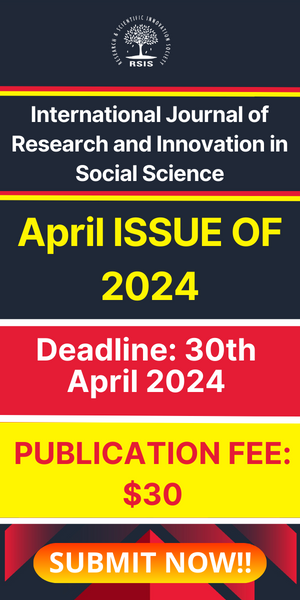An Experimental Study on Internal Curing of Concrete Using Light Expanded Clay Aggregate
- January 13, 2019
- Posted by: RSIS
- Category: Civil Engineering
International Journal of Research and Scientific Innovation (IJRSI) | Volume VI, Issue I, January 2019 | ISSN 2321–2705
An Experimental Study on Internal Curing of Concrete Using Light Expanded Clay Aggregate
Zaheer Ahmed1, Akshatha B A2, Dr. Mushtaq Ahmed Bhavikatti3, Harshith H J4
1, 2, 4 Department of Civil Engineering, Bearys Institute of Technology, Mangalore, India
3Department of Civil Engineering, Anjuman Institute of Technology and Management, Bhatkal, India
Abstract— as water is becoming a scarce material day-by-day, there is an urgent need to do research work pertaining to saving of water in making concrete and in constructions. Curing of concrete is maintaining satisfactory moisture content in concrete during its early stages in order to develop the desired properties. Keeping importance to this, an attempt has been made to develop self-curing concrete by using Light Expanded Clay Aggregate (LECA). In this experimental investigation the strength characteristics of Normal Strength Concrete cast with the self-curing agent LECA have been studied and compared with the corresponding conventionally cured concrete. IS method of mix design was adopted, for the normal strength internal curing concrete of grade M30 grade of concrete is design on trial and error basis. For producing internal-curing concrete replacements of 5%, 10%, 15% and 20% of LECA by weight of aggregate was used and tested. It was observed that after implementation of new technique the water consumption for curing was significantly reduced by 100% for 5% and 10% replacements.
Keywords— Light Expanded Clay Aggregate (LECA), Curing
I. INTRODUCTION
Concrete is a composite material composed of gravels or crushed stones (coarse aggregate), sand (fine aggregate) and hydrated cement (binder). Concrete is the most widely used construction material in the world. It is used in many different structures such as dam, pavement, building frame or bridge. Water is a necessary component of the cement hydration reaction. The hydration reaction is responsible for the conversion of the gray cement powder into the binding cement paste which gives concrete its strength. It is well known in concrete construction that a ‘proper curing period’ is essential at early ages to enable the concrete to gain strength.


